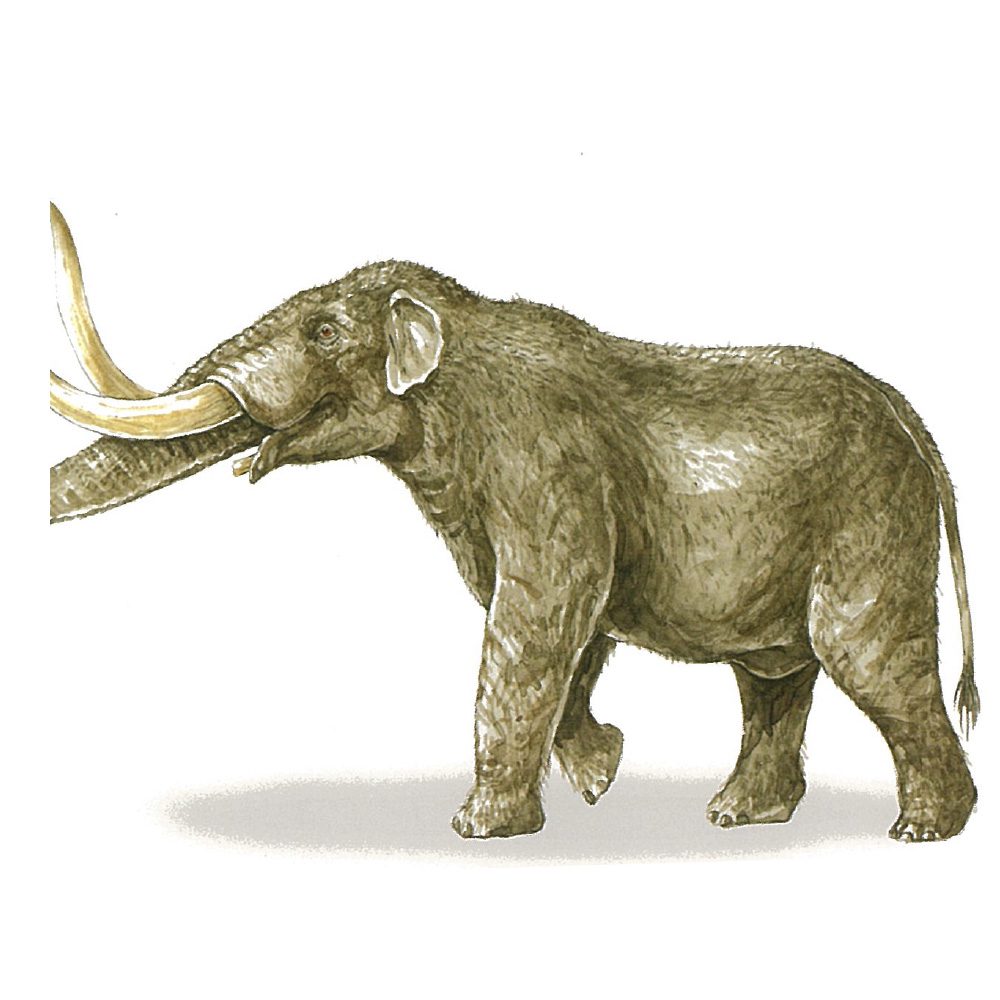-
Paleontologists found over 1800 individual elements of mastodon skeletons at Ziegler reservoir.
-
The American Mastodon was the most common mammal found at the Ziegler dig site. It was also the highest elevation site in North America for a mastodon.
-
Both Mastodons and Mammoths have growth rings in their tusks just like tree rings!
